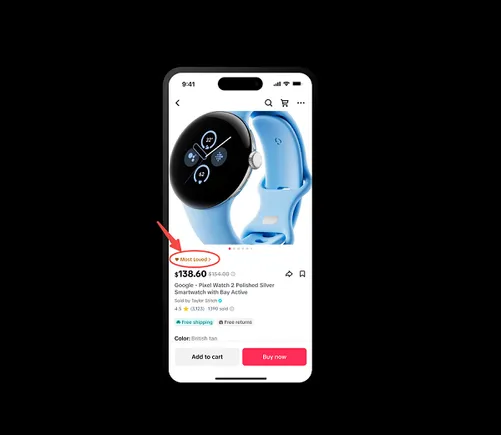Deep learning is a powerful tool for improving computer vision systems. This blog post will explore how you can leverage deep learning to enhance your image recognition and video analysis software without requiring new skills or infrastructure.
What Is Deep Learning?
Deep learning is a branch of artificial intelligence that specializes in learning to understand large amounts of data by analyzing smaller amounts. The field of deep learning in AI is vast, with hundreds of different sub-topics, but the key to understanding it all is understanding what is involved in the learning process. Deep learning allows computers to “read” images, videos, and other forms of content by extracting different types of information from low-res photos and videos. Deep learning can then use that data to derive higher-level insights and create more accurate visualizations.
What Is Vision System?
Vision systems are a critical part of any robotics or machine learning system. They are used to perceive the world around us and to make sense of it. They are used in everything from cars to robots to drones. There are many different types of vision systems, but the most common are RGB-D and Convolutional Neural Networks (CNN). RGB-D is a neural network that uses color information to represent the world around us. CNNs use convolutional layers to describe the pixels in the image and then use a neural network to extract features from the image.
The most crucial feature extracted from an image is the contrast between the pixels. This is important because it allows you to see things that are not there. Convolutional Neural Networks (CNNs) is a type of deep learning system that can train models to learn how to recognize objects in images. CNN work by introducing a model with data and then using that model to identify objects in images.
Deep Learning For Vision Systems
One of the most widely used vision systems is deep learning, a type of AI that uses large amounts of data to train computers to recognize patterns and make decisions. Deep understanding has several benefits over traditional AI systems, including recognizing objects more quickly and accurately. It also allows computers to learn from their own mistakes, which can be a huge advantage when they need to make decisions based on incomplete information.
Vision systems can also be used to help robots understand their surroundings. For example, robots navigating complex environments like shopping malls or airports can use vision systems to help them navigate safely and efficiently. They can also help robots interpret their surroundings by assisting them in avoiding obstacles or solving their surroundings based on their location.
Vision systems can also help humans understand the world around them. For example, vision systems can help people with disabilities see objects in their environment by helping people with low vision see things in the world around them. They can also be used to help people with hearing loss hear sounds around them, such as by helping people with hearing loss listen to sounds around them.
How Could Vision Systems Be Improved Using Deep Learning?
Deep learning is a type of artificial intelligence that uses machine learning algorithms to improve the performance of computer vision systems. Deep learning algorithms can learn from large amounts of data, making them much more efficient than traditional approaches. In addition, deep learning algorithms can be trained to recognize complex patterns in images, which can help computer vision systems understand the world around them.
Deep learning systems are also much more efficient than traditional approaches, benefiting applications requiring high-performance vision systems. Deep learning systems also use deep neural networks to recognize objects in the world. They can recognize objects much more quickly than vision systems.
Conclusion
Computer vision is a rapidly growing field, and advancements in deep learning have led to impressive results. Currently, 86% of car images are images of road signs and license plates, and computer vision algorithms can identify hundreds of different types of license plates and signs. You may significantly increase the amount of visual data your software can analyse by utilizing deep learning to enhance recognition performance.















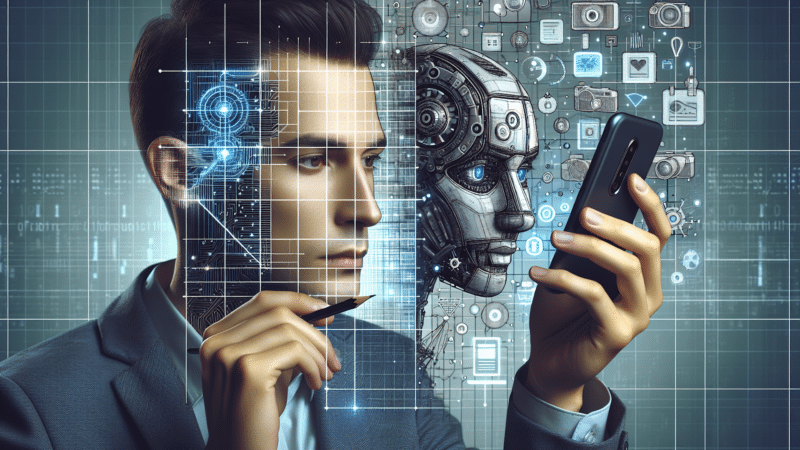

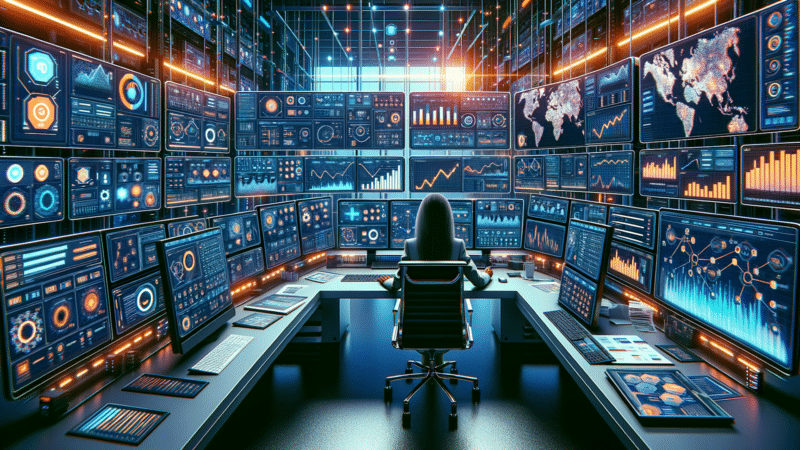






































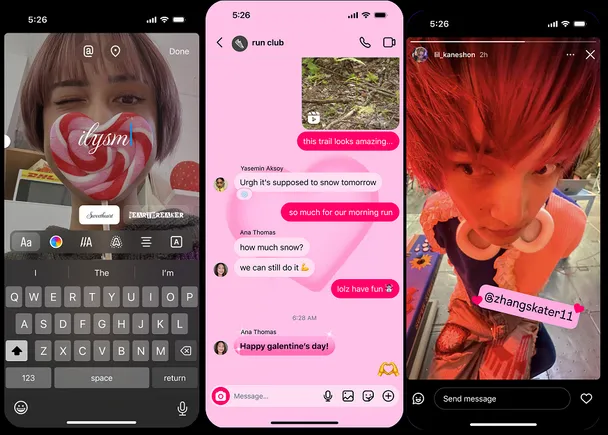

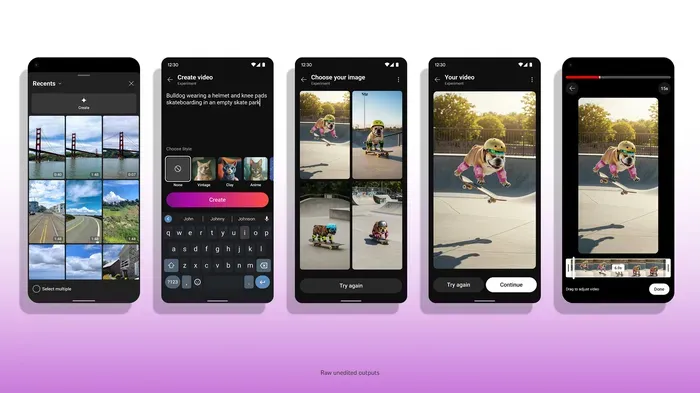
![6 Essential Ingredients for Winning Ads [Infographic] 6 Essential Ingredients for Winning Ads [Infographic]](https://imgproxy.divecdn.com/uTNt2ASUWhVsKl22uIAMtoyUXTeSV_b9Sst3p7mB1gg/g:ce/rs:fit:770:435/Z3M6Ly9kaXZlc2l0ZS1zdG9yYWdlL2RpdmVpbWFnZS82X2FkX2VsZW1lbnRzXzIucG5n.webp)
